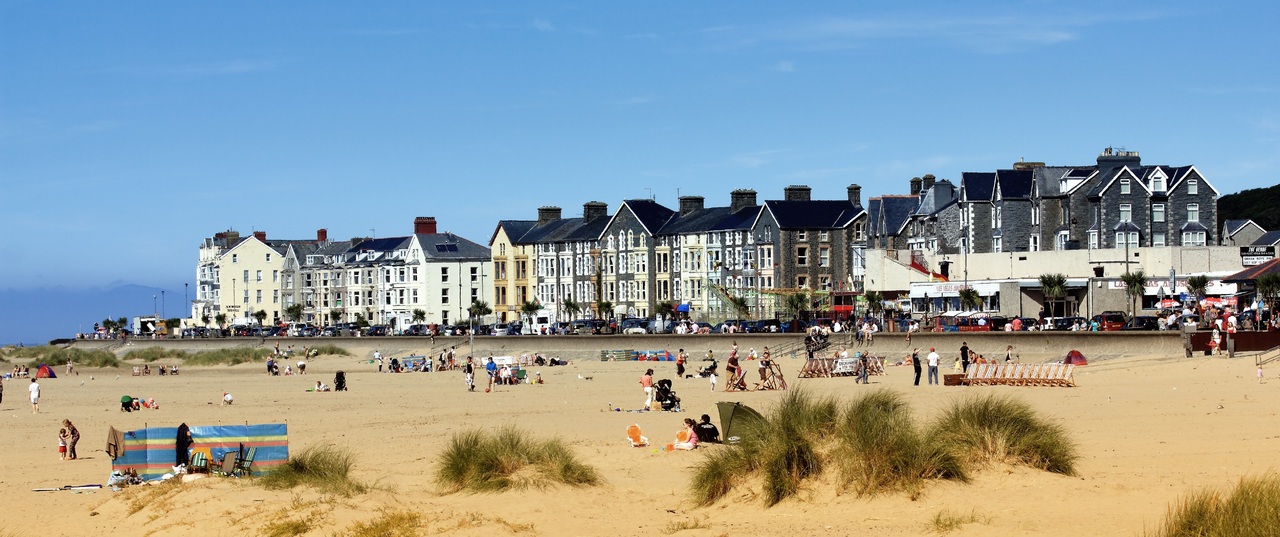First-time Buyer
First-time buyers priced out of coastal areas

Aspiring homeowners in coastal areas have found themselves priced out faster than in any other location over the past three years, analysis has found.
Data from property listing site Rightmove shows house price growth by the sea has rapidly outpaced average local salaries since Covid, with Adur in West Sussex topping the list.
Here the average first-time buyer asking price is now 11.6 times the average local salary, up from 8.7 times before the pandemic.
Though not on the coast, Hertsmere in Hertfordshire is second, up from 9.6 times to 11.8 times the average local salary, and Richmondshire is third, up from six times to 8.2 times.
On the flipside, areas where first-time buyer affordability has improved largely include London and commuter belt areas.
This is due to lower house price growth and local salaries increasing over the past three years.
Homes are more expensive than ever
Across the UK, the average first-time buyer home has risen from 6.9 times the average salary in 2019 to 7.2 times. The average deposit needed has increased by 17%.
Rising asking prices and interest rates means that the average monthly mortgage payment for new first-time buyers putting down a 10 per cent deposit is now £1,032. This is 39% higher than the same time in 2019.
Regardless of these increases, demand for first-time buyer type properties is still up by a third versus 2019.
Tim Bannister, Rightmove’s director of property data, said: “The current picture of how affordability has changed for new first-time buyers trying to take out a mortgage looks very different in different parts of Great Britain.
“It’s much harder for first-time buyers in the areas where prices jumped considerably over the past few years, especially when you add in six consecutive interest rate rises and average local salaries not keeping pace. We’re still seeing the effects of the pandemic whereby prices for homes near the sea are at a premium, with house prices quickly outpacing local salaries.
“However, despite stretched affordability, we’re not currently seeing rising prices and interest rates having a significant impact on first-time buyers wanting to move. Though demand for first-time buyer homes has expectedly eased from the heady levels of last year, it’s still significantly higher than it was back in 2019, suggesting many first-time buyers are factoring in rate rises into their own affordability.”